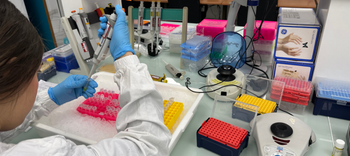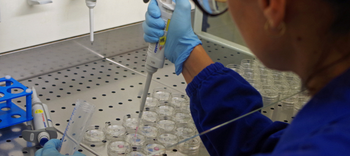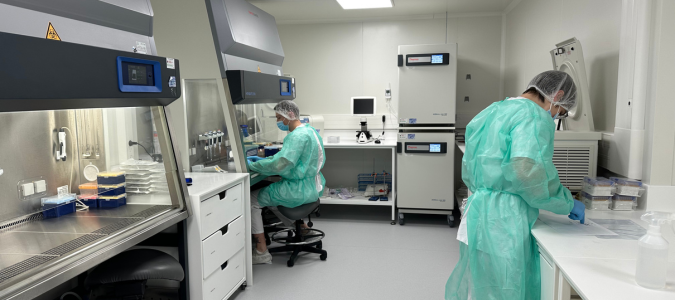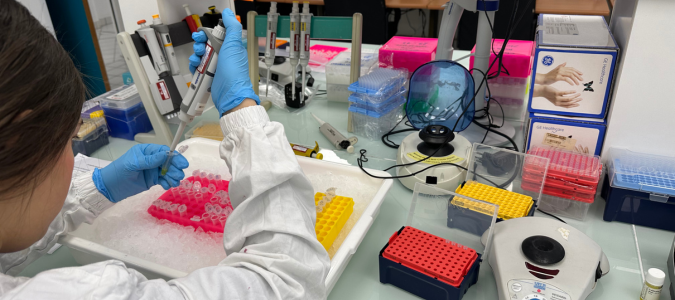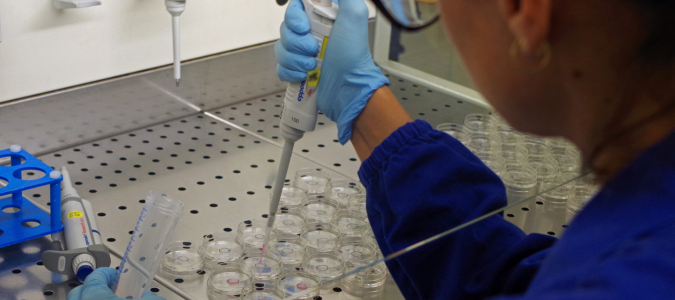discover our research
to CURE diabetes
CeeD is a french scientific laboratory focusing in discovering and understanding crosstalk communications between islets cells and insulin target tissue in order to regulate diabetes and its metabolic disorders through positive factors.
Together, we're working to put people first
Our latest scientific publications
Discover our infrastructure dedicated to diabetes
CeeD offers a 725m² lab composed of several specialized facilities dedicated to our research development and those of our partners.
Key facts about diabetes
- First Non-Communicable Disease (NCD) pandemic
- 589 million adults living with diabetes around the world (predicted to reach 853 million by 2050)*
- 1 death every 5 seconds around the world (6.7 million deaths in 2021)*
- Intensive treatment: 50 years of diabetes = more than 100,000 injections
(*source: IDF)

The reasons of our work on diabetes
from
the founding president and the lab director
"Data confirmed that despite everyone’s effort, the epidemic is getting worse. This growth can be observed by the increase of persons affected, in particular with an important growth of children with type 1 diabetes and people with type 2 diabetes. These numbers are alarming since no population seems to be spared…
Our
latest news





